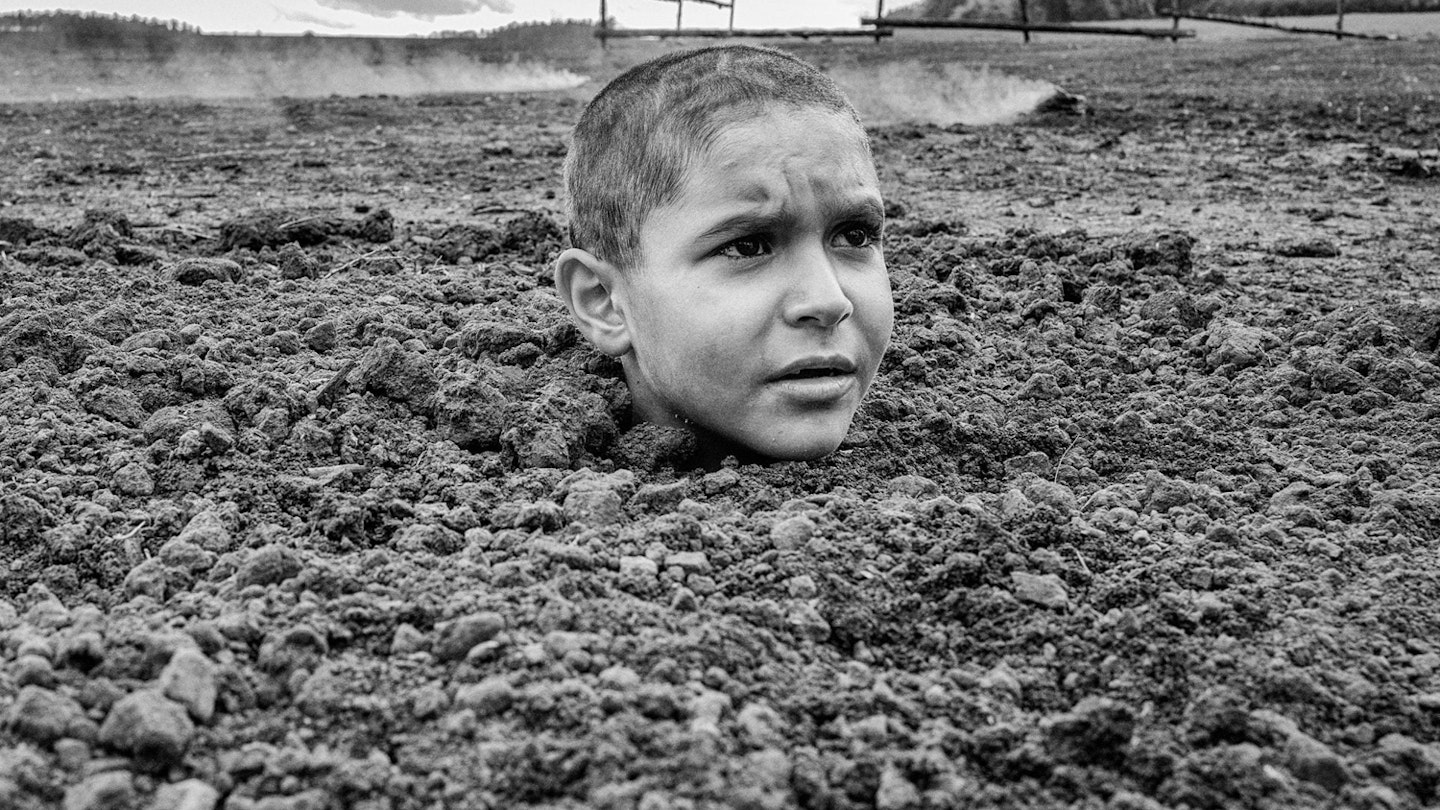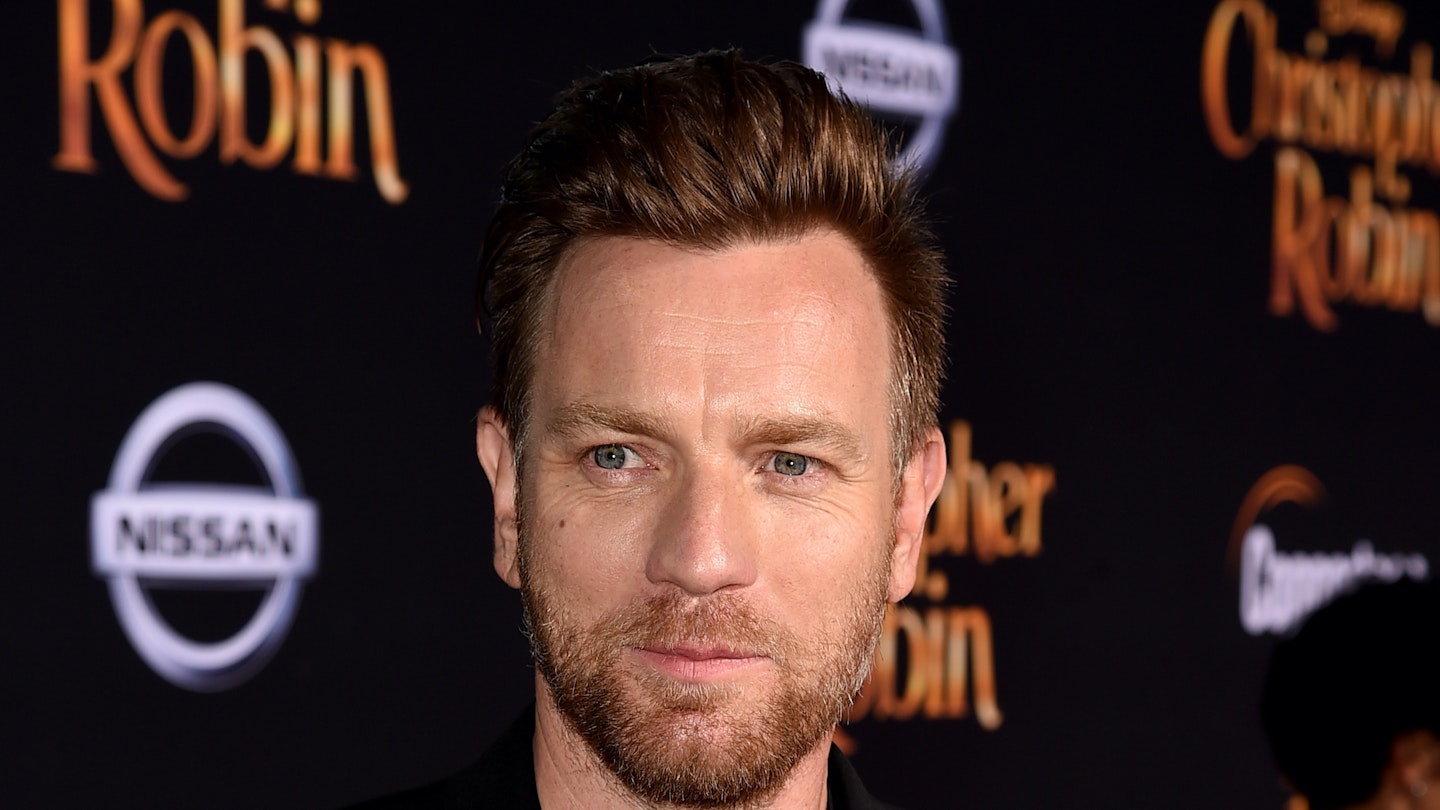Biblical-grade horror show The Painted Bird begins with a young boy being chased, beaten and forced to watch while his pet ferret is urinated on, set on fire and burned to death, and it gets increasingly gruesome from there. “It’s your fault,” he is told, by one of the film’s kindlier characters, of what’s just happened. “You shouldn’t go out on your own.” There is little mercy in this unspooling odyssey of debasement and degradation, a beautifully shot nightmare presenting the very worst of mankind.
This inferno of misery is a coming of age in hell, an obliteration of innocence as the boy is exposed to the most adult of horrors, to vicious cruelty, to awful sadists. Positivity visibly drains from him. Based on Polish-American Jerzy Kosiński’s 1965 novel, it is extraordinarily adapted and directed by the Czech Republic’s Václav Marhoul, who cuts no corners — at nearly three hours long, there is little respite. There is no score and no sentimentality, Marhoul presenting a still, studied God’s-eye view which keeps us at bay while making the experience all the more bracing.
There are many levels of perversity at play. And yet it is transfixing.
It is a beautiful piece of work. Vladimír Smutný is a multi-award-winning cinematographer, and you can see why — this is an utterly gorgeous, black-and-white 35mm film, with lyrical shots and flawless use of light and shadows. The film is full of incredible faces, and Smutný worships them. Never have Udo Kier’s eyes been so hypnotic. Grisly images will stay with you forever. It’s hard to forget the sight of the boy buried up to his neck, crows pecking away at his bloodied head, or a cat licking a gauged-out human eye.
The Painted Bird runs the gamut of despicability, from pure evil to murkier, more ruinous psychological abuse. After a while, it becomes an endurance test, undeniably provocative, even puerile at points — one woman gets an introductory title card immediately after we find her pissing on the street. There are many levels of perversity at play. And yet it is transfixing. The film is populated with star turns from some of the world’s finest character actors: as well as Udo Kier’s über-sadist, Harvey Keitel, Julian Sands, Stellan Skarsgård and Barry Pepper all provide showstopping but nuanced performances, each immediately disappearing into their roles, becoming cyphers for the boy’s descent into darkness.
For all the horror, the film feels vital. The Painted Bird shames the human race, but the glimmers of hope, the glints of goodness that break through, are startling. And amidst all the horror, there is humanity. Even as the film seems hellbent on making you despair for your species, compassion creeps in. There is a catharsis. By the time it’s done, the pile-on feels warranted. And throughout the whole thing, somehow, there is godlike grace. It is entrancing all the way.

